Boiled Egg Stew | Kodi Guddu Pulusu
Recipe prepared by Smt Jhansi Lakshmi
*****
Article written by Lakshmi Aparna
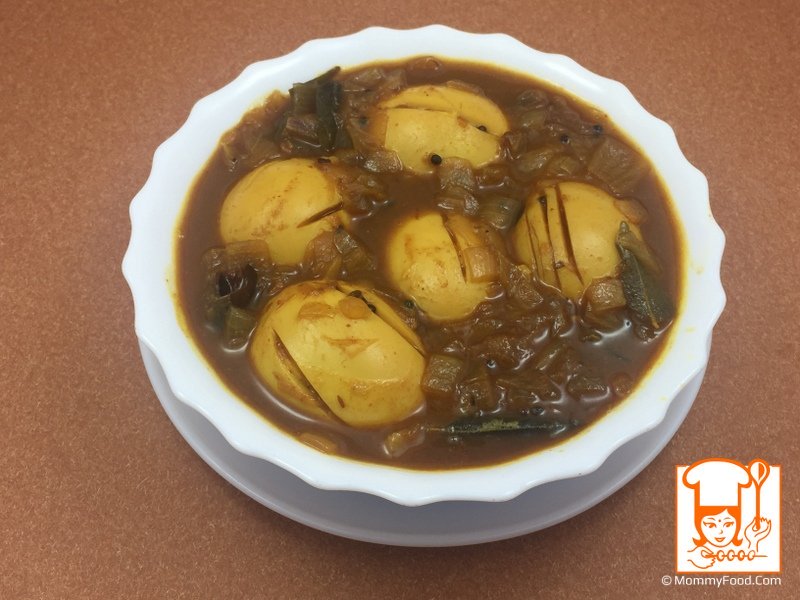
Welcome to our delightful recipe for Boiled Egg Stew, a cherished traditional dish from the Telugu cuisine. This hearty stew combines the richness of tamarind gravy with perfectly boiled eggs, creating a harmonious blend of sweet and sour flavors. Whether you're preparing a family meal or looking to impress your guests, this Kodi Guddu Pulusu is sure to be a hit. Let's dive into the steps to create this delicious and comforting dish.
Preparation time: 10 minutes
Cooking time: 30 minutes
Course: Main
Serves: 4-5
Main ingredient: Eggs
1 bowl measurement: 250 ml
Quick Navigation:
- Ingredients
- Procedure
- Step 1: Boiling the Eggs
- Step 2: Preparing the Talimpu
- Step 3: Sautéing Onions and Curry Leaves
- Step 4: Adding Remaining Onions and Green Chillies
- Step 5: Seasoning the Stew
- Step 6: Incorporating Tamarind Paste
- Step 7: Adding Water and Red Chilly Powder
- Step 8: Sweetening the Stew
- Step 9: Finalizing the Stew
Ingredients
Eggs (Guddu): 5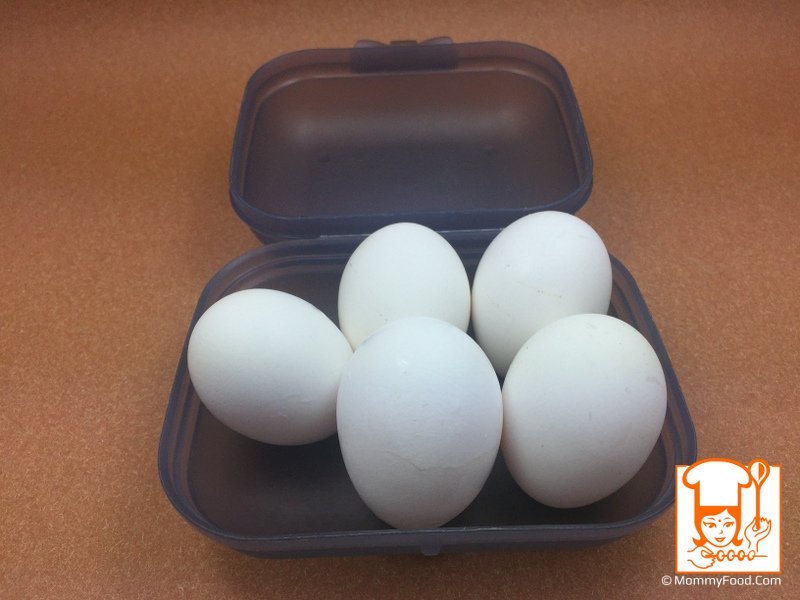
Chopped Onions: 2 bowls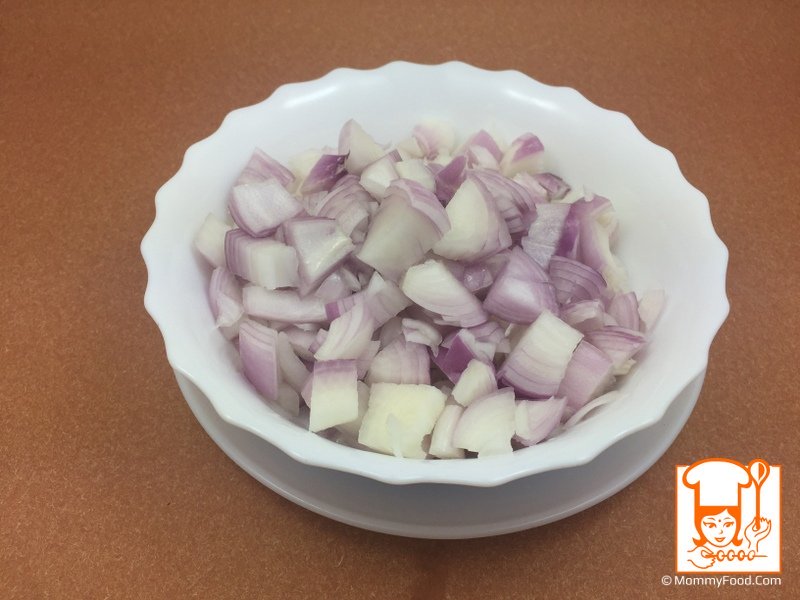
Green Chillies: 3-4 and a few Curry Leaves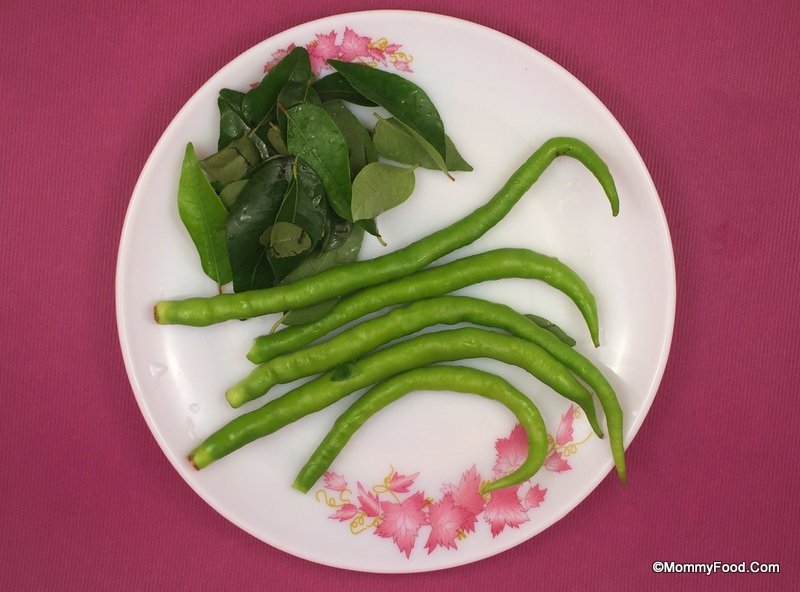
Stored Tamarind Paste: 2 tbsp or 25 grams tamarind soaked in water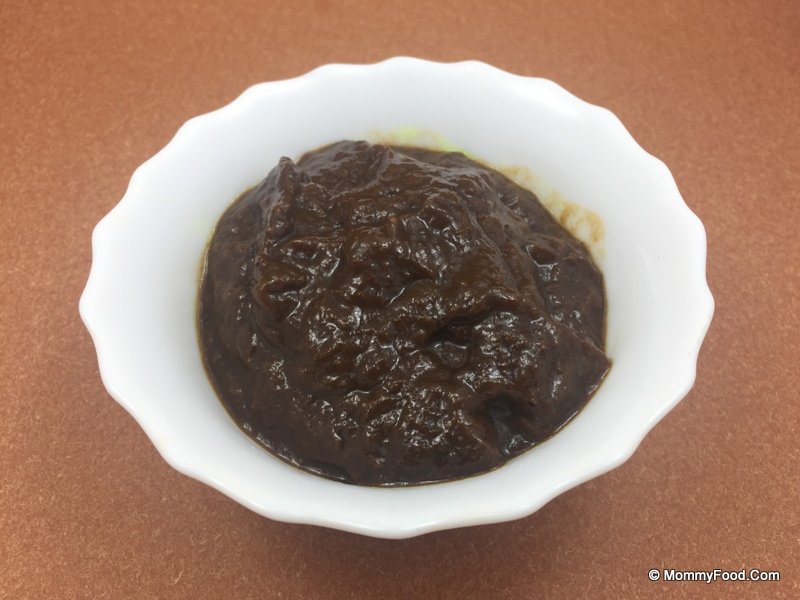

Turmeric Powder (Pasupu): 1/4 tsp
Salt: As required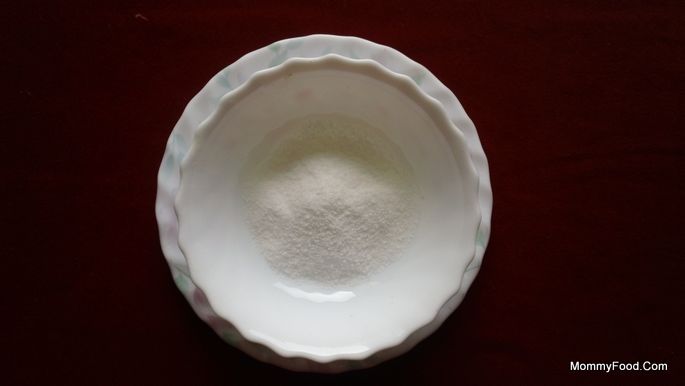
Red Chilly Powder (Kaaram): 1 tbsp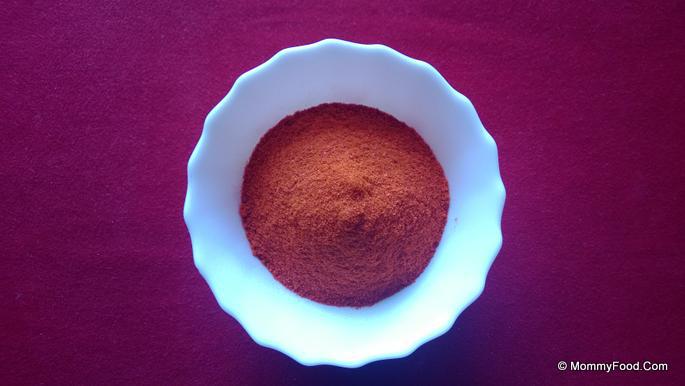
Oil or Clarified Butter (Ghee): 3 tbsp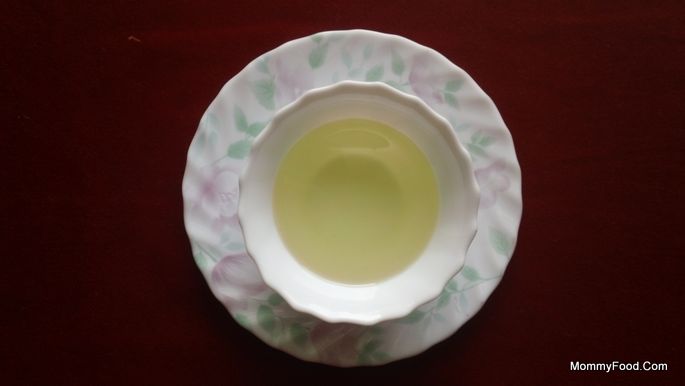
Mashed Jaggery (Bellam): 2 tbsp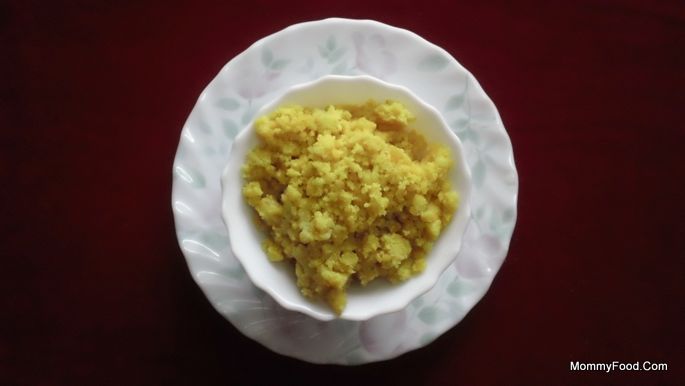
For Talimpu:
Dry Red Chilly (Endumirapa): 2,
Urad Dal (Minapappu): 1 tbsp,
Cumin Seeds (Jeelakarra): 1 tbsp,
Mustard Seeds (Aavalu): 1 tbsp,
Fenugreek Seeds (Menthulu): 1/4 tbsp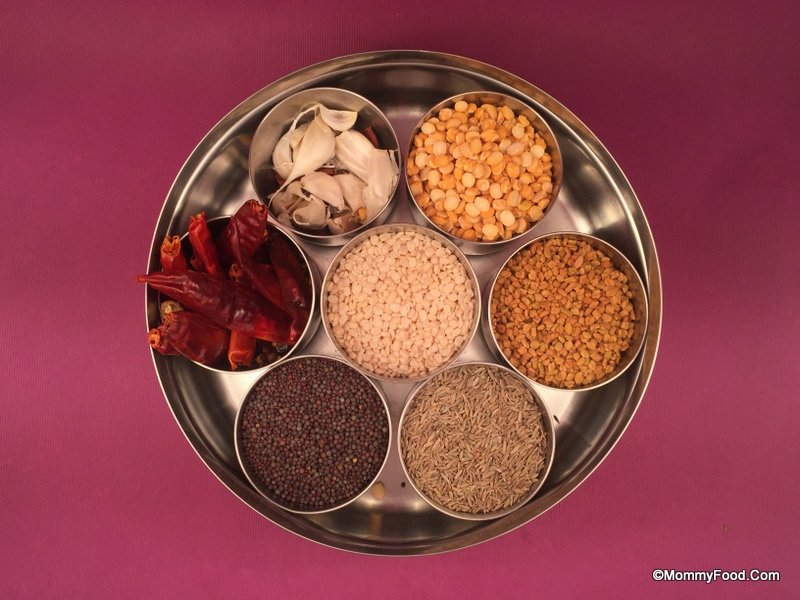
Procedure
Procedure
Step 1: Boiling the Eggs
Begin by boiling the eggs in water with added salt. Place the eggs in a pot, cover them with water, and bring to a medium flame. Let them boil for approximately 10 minutes. Once done, remove the eggs from the water, allow them to cool, and carefully peel off the shells. Set the boiled eggs aside for later use.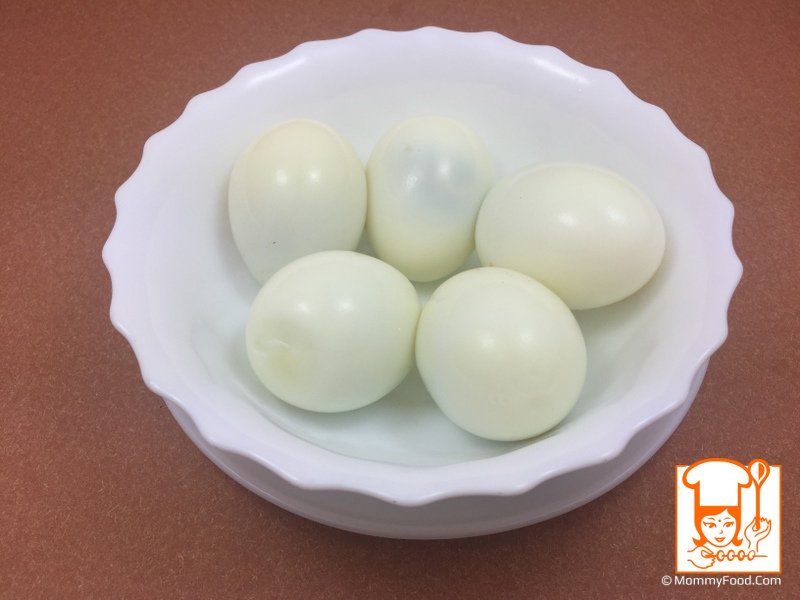
Step 2: Preparing the Talimpu
In a large pan, preheat 3 tablespoons of ghee or oil. Once hot, add the talimpu spices to infuse the oil with rich flavors. Begin by adding the split dry red chillies.
1. Split Dry Red Chillies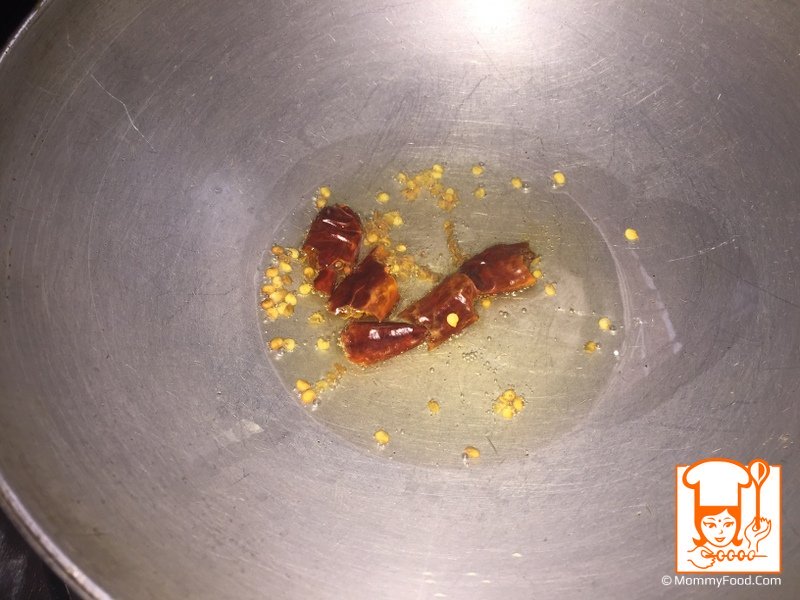
2. Urad Dal (Minapappu)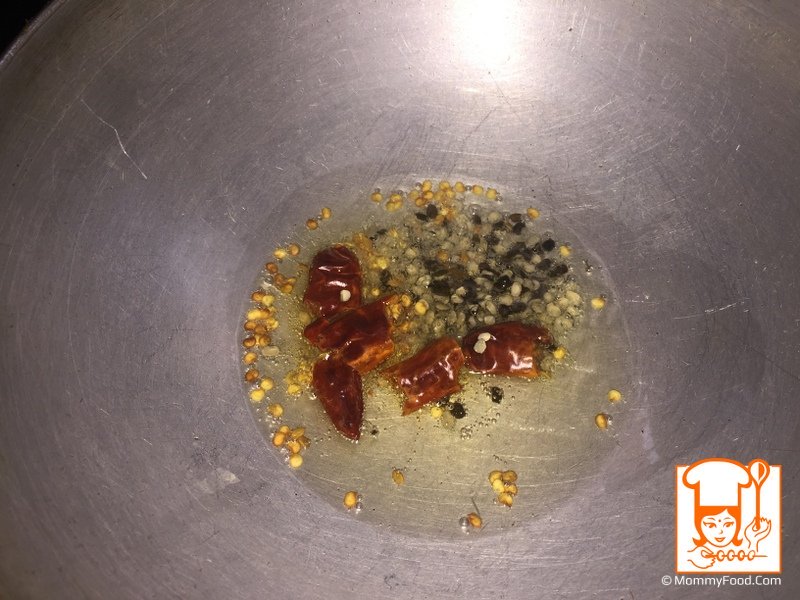
3. Cumin Seeds and Fenugreek Seeds
Add 1/2 tablespoon of cumin seeds and 1/4 tablespoon of fenugreek seeds.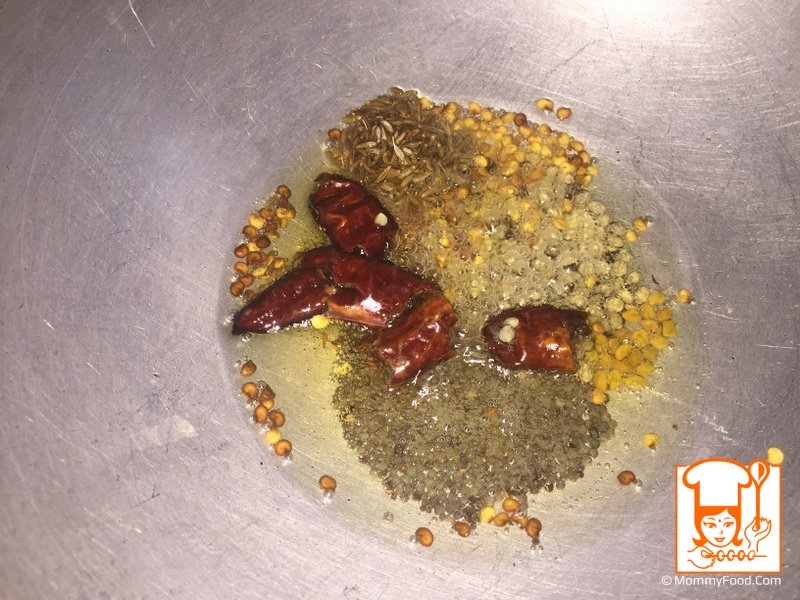
4. Mustard Seeds (Aavalu)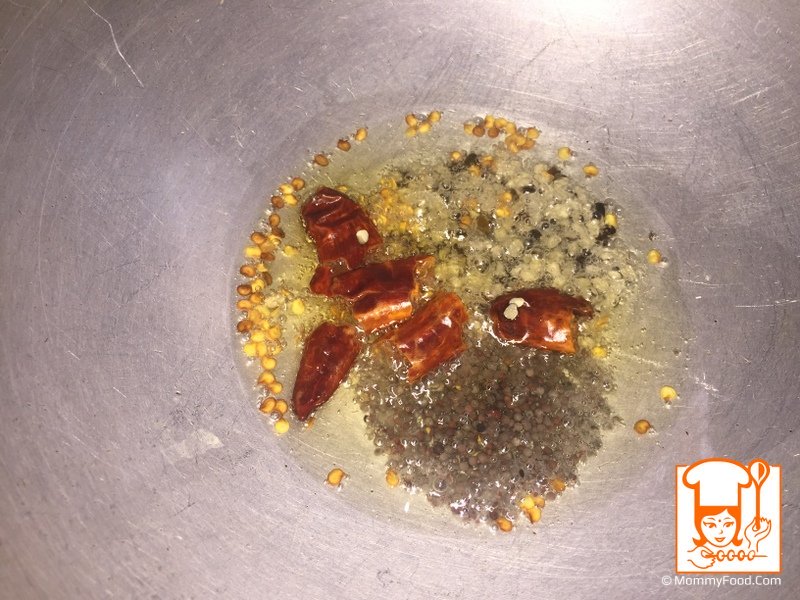
Step 3: Sautéing Onions and Curry Leaves
Once the mustard seeds begin to crackle and release their aroma, add a portion of the chopped onions to one side of the pan. Simultaneously, add the curry leaves to the other side. This technique ensures that the curry leaves do not fall into the oil, preventing any spattering and maintaining the integrity of the tempering.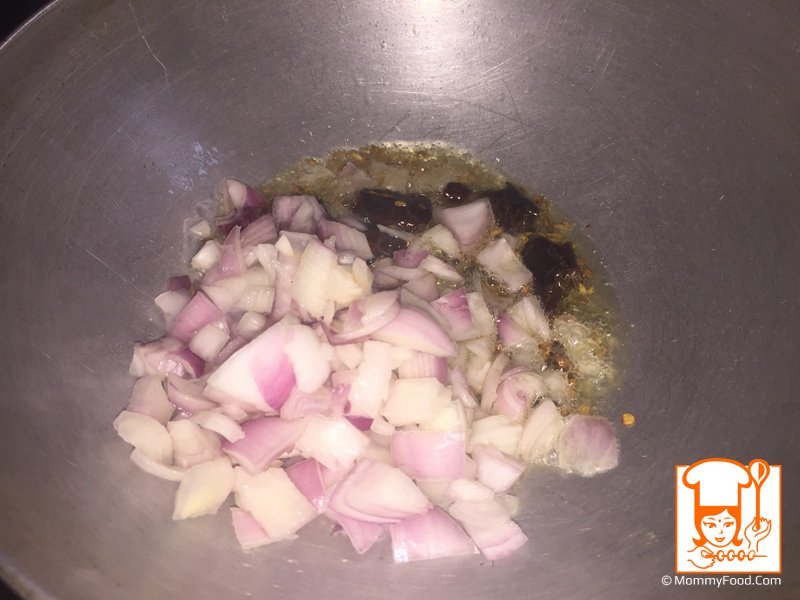
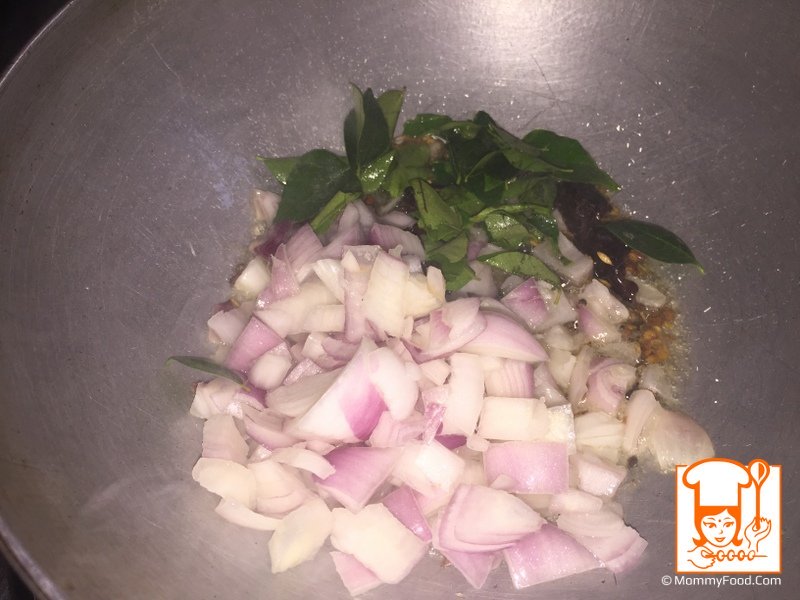
Note: Adding curry leaves directly to the hot oil can cause the oil and spices to splatter. By adding the onions first, followed by the curry leaves, you prevent this issue and ensure a safe cooking process.
Step 4: Adding Remaining Onions and Green Chillies
Incorporate the remaining chopped onions and sliced green chillies into the pan. Sauté them until the onions become translucent and the green chillies soften, infusing the stew with their vibrant flavors.
Step 5: Seasoning the Stew
Add 1/2 teaspoon of turmeric powder and 1 teaspoon of salt to the onion and chilli mixture. Stir well to ensure the spices are evenly distributed. Continue to sauté the mixture for about 5 minutes on medium flame, stirring occasionally to prevent sticking and to allow the flavors to meld beautifully.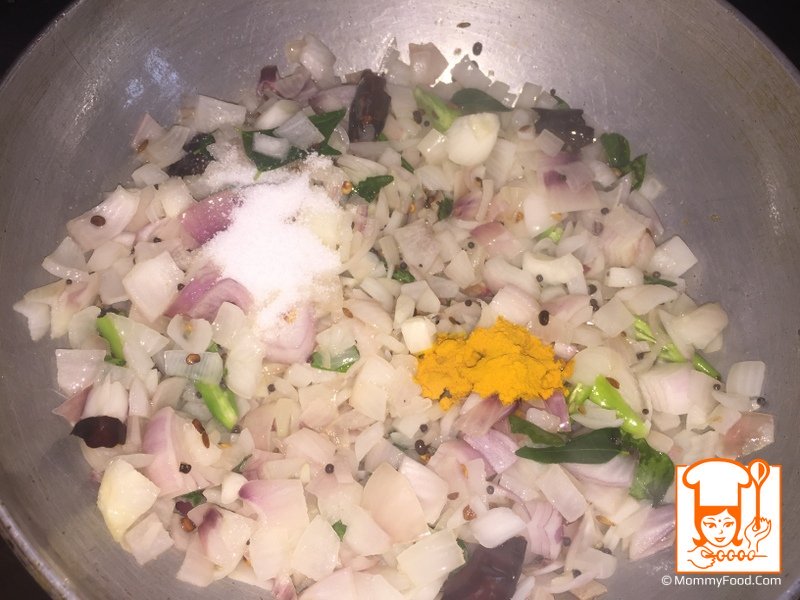
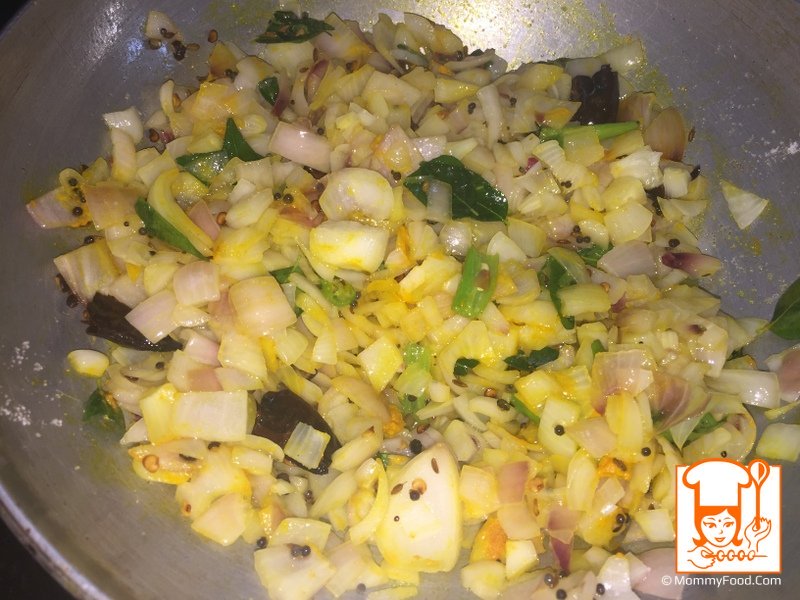
Step 6: Incorporating Tamarind Paste
Add 2 tablespoons of tamarind paste to the mixture. If you prefer a more tangy flavor, you can substitute the tamarind paste with soaked and filtered tamarind water. Mix thoroughly to ensure the tamarind is well incorporated into the stew, providing that signature tangy taste.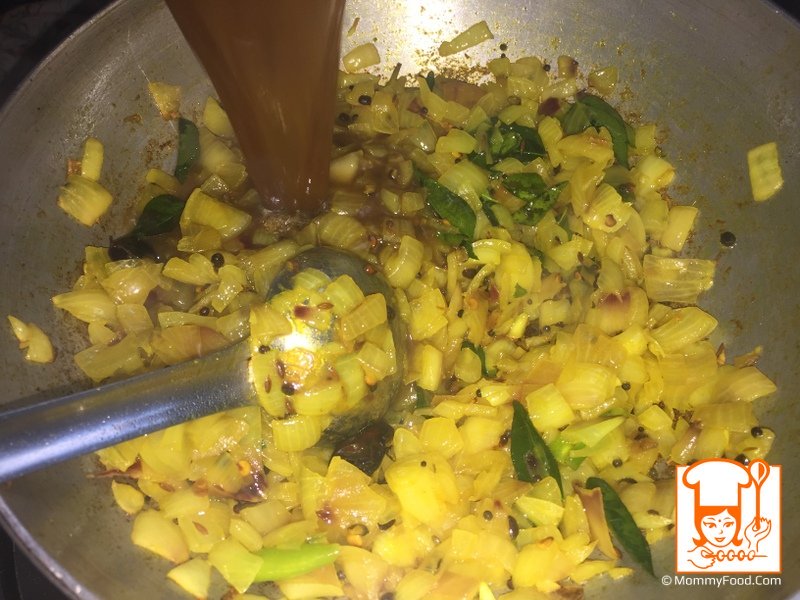
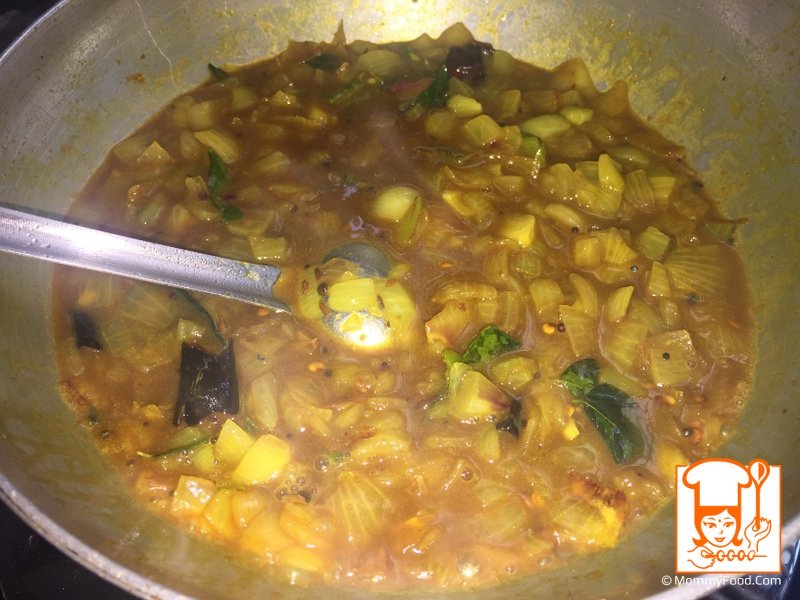
Step 7: Adding Water and Red Chilly Powder
Pour in 2 bowls of water, including the tamarind water if you've opted for that substitution. Stir in 1 tablespoon of red chilly powder to enhance the stew's spiciness. Allow the mixture to come to a boil on high flame, enabling the flavors to intensify and the stew to thicken slightly.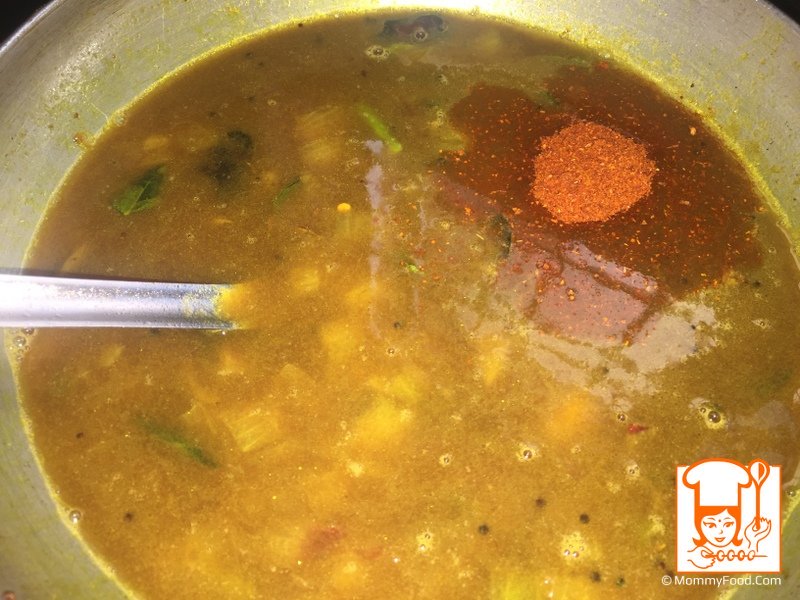
Step 8: Sweetening the Stew
Add 1 and 1/2 tablespoons of sugar or jaggery to the stew. This step is optional but recommended for balancing the tanginess with a hint of sweetness. Cook the stew for an additional 10 minutes on high flame, stirring occasionally. Taste the stew and adjust the salt if necessary. If the stew is too salty or sour, consider adding another boiled egg to mellow the flavors.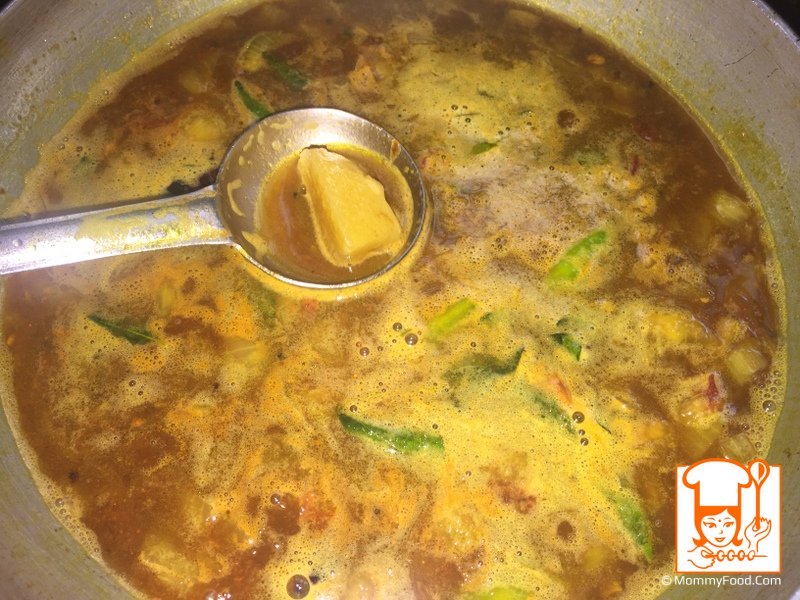
Meanwhile, make 2-3 shallow cuts on each boiled egg. This allows the stew to seep into the eggs, enhancing their flavor.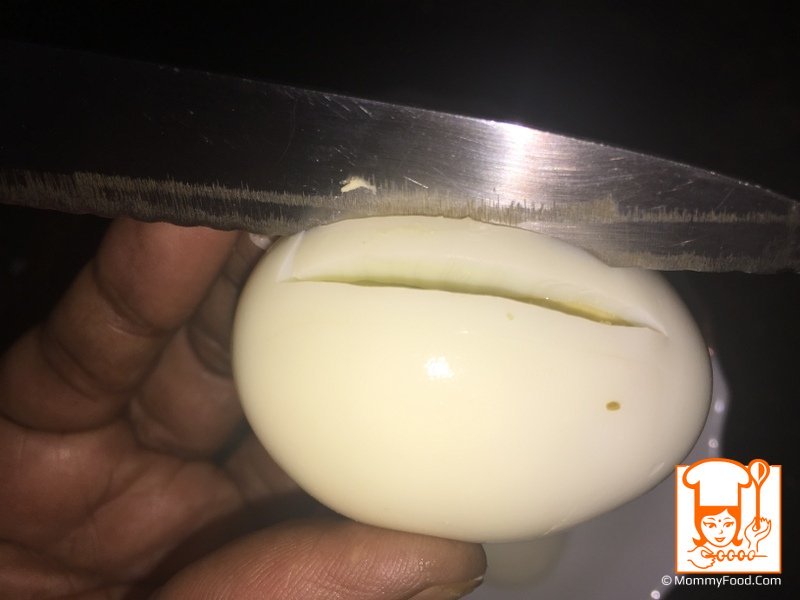
Step 9: Finalizing the Stew
Carefully add the scored boiled eggs to the boiling stew. Allow them to simmer in the stew for about 15 minutes or until the stew reaches your desired consistency. Maintain a medium flame during this process to ensure the flavors meld perfectly without burning.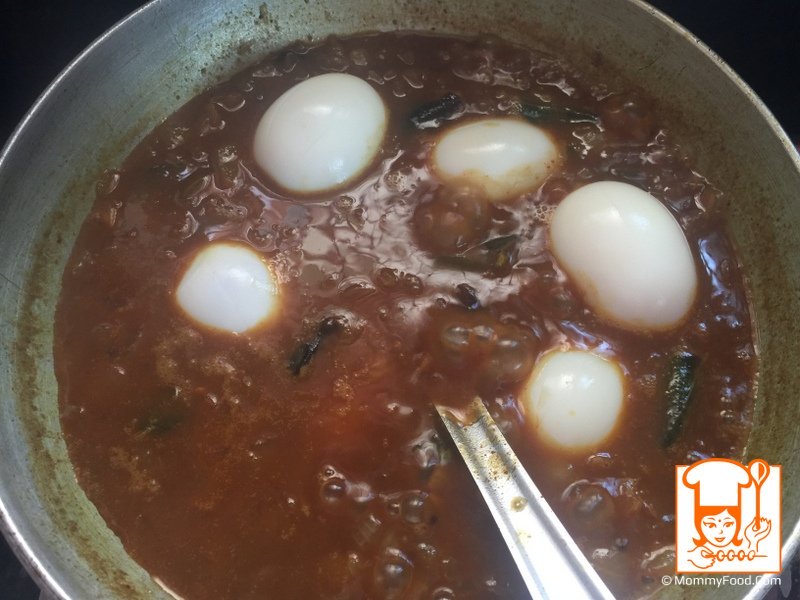
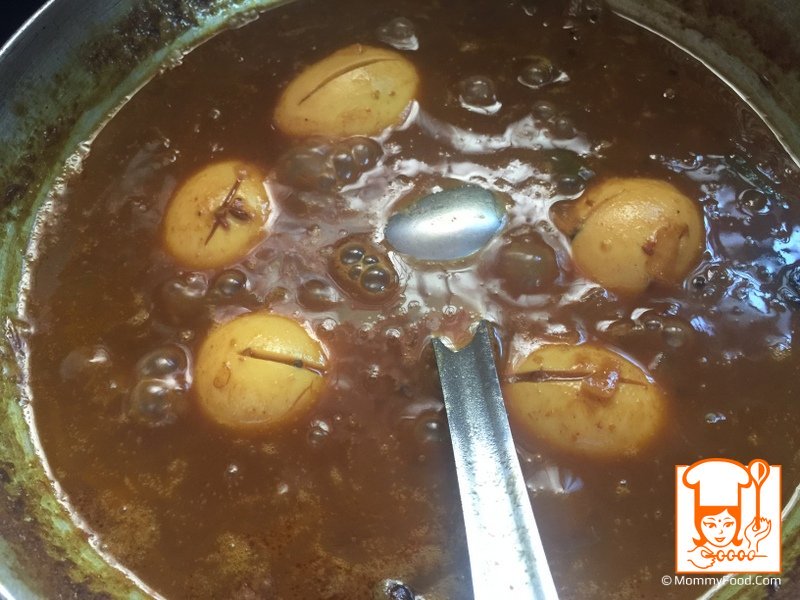
Congratulations! Your hot and flavorful Guddu Pulusu is now ready to be served. This delectable stew pairs wonderfully with mudda pappu and steamed rice, making for a satisfying and balanced meal.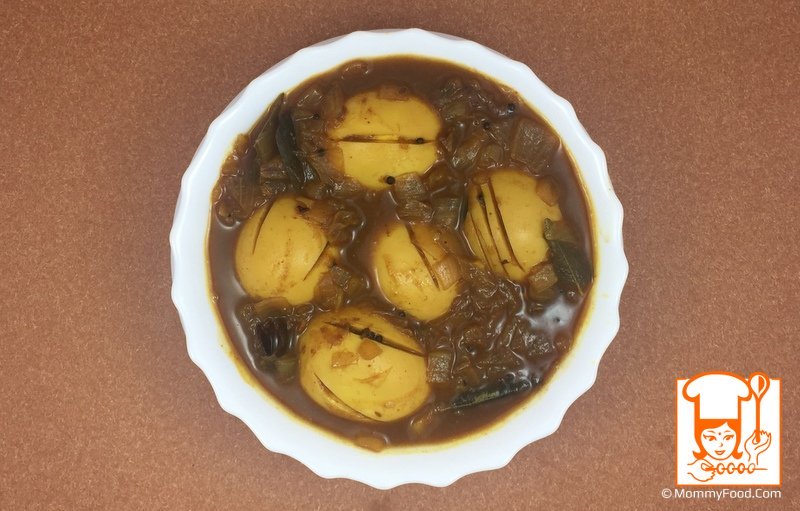
We hope you enjoy preparing and savoring this traditional Telugu Boiled Egg Stew. It's a perfect blend of flavors that brings comfort and satisfaction to your dining table. Don't hesitate to share your experience and any personal tweaks you make to this recipe. Happy cooking!
Like our recipes? You want us to do more?
Keep us running! Buy from our affiliate store:
US | Amazon Best Sellers & Deals
India | Amazon Best Sellers & Deals





Comments powered by CComment